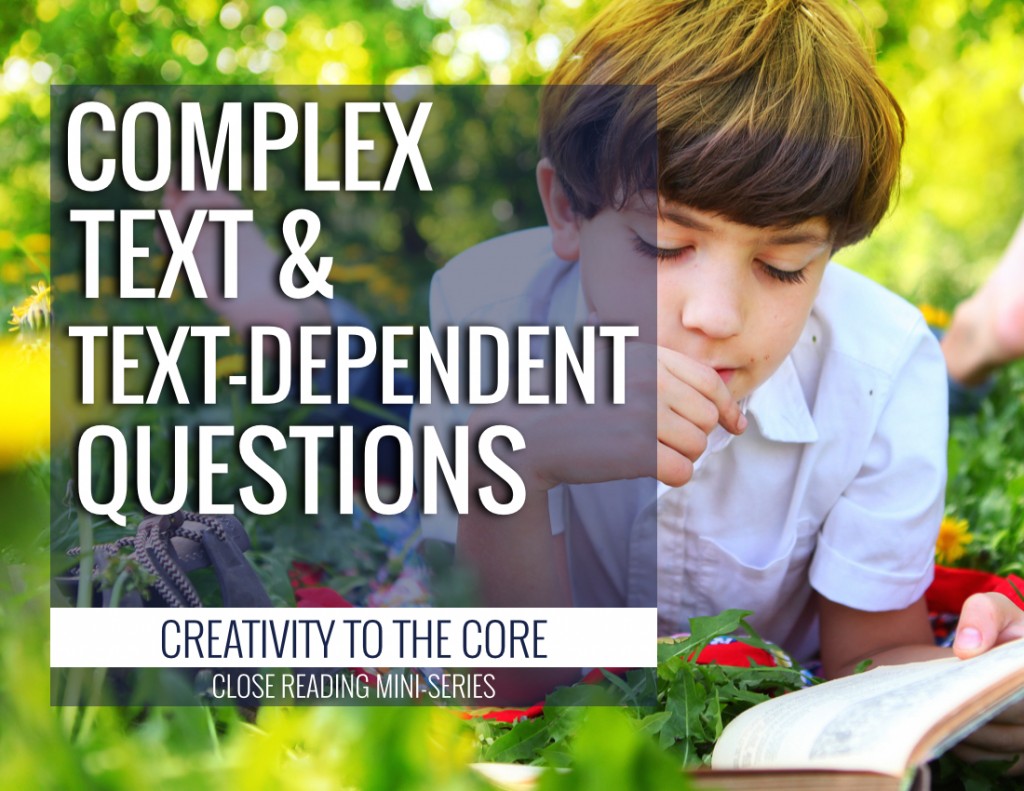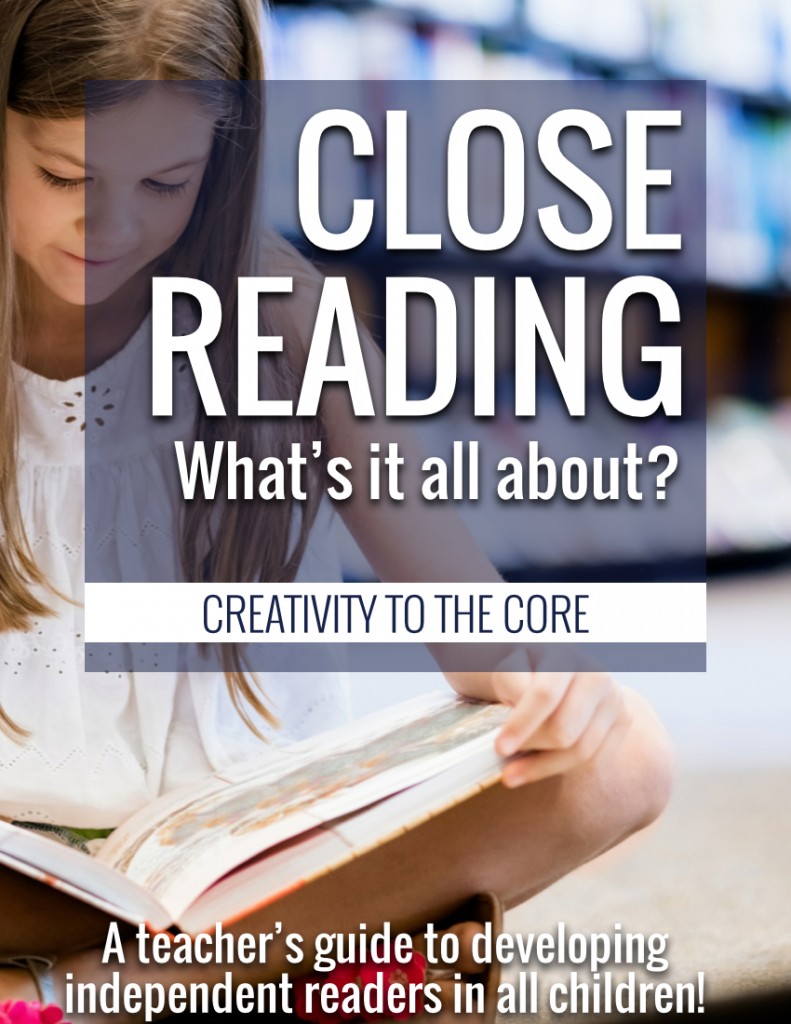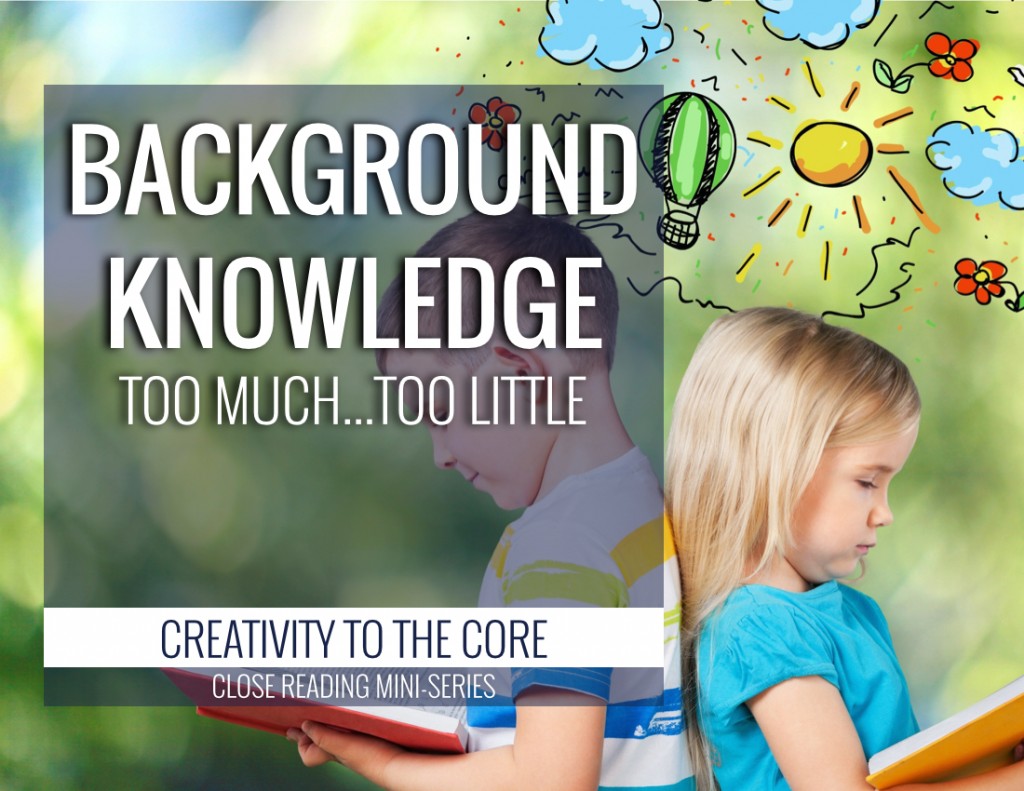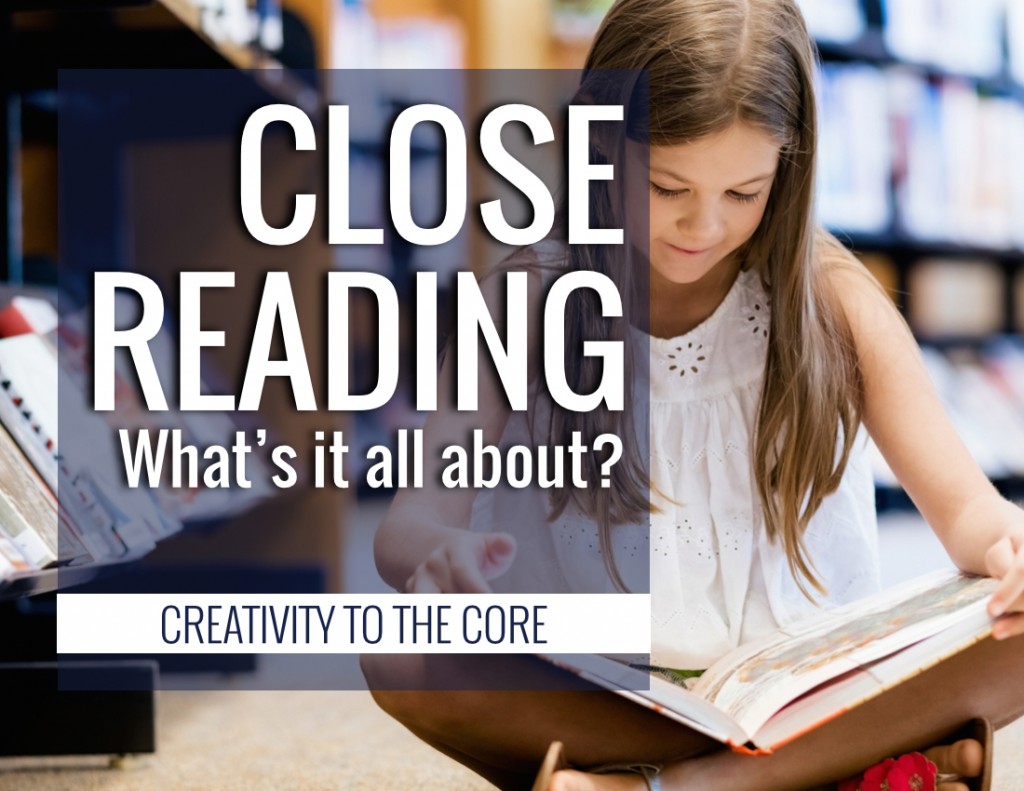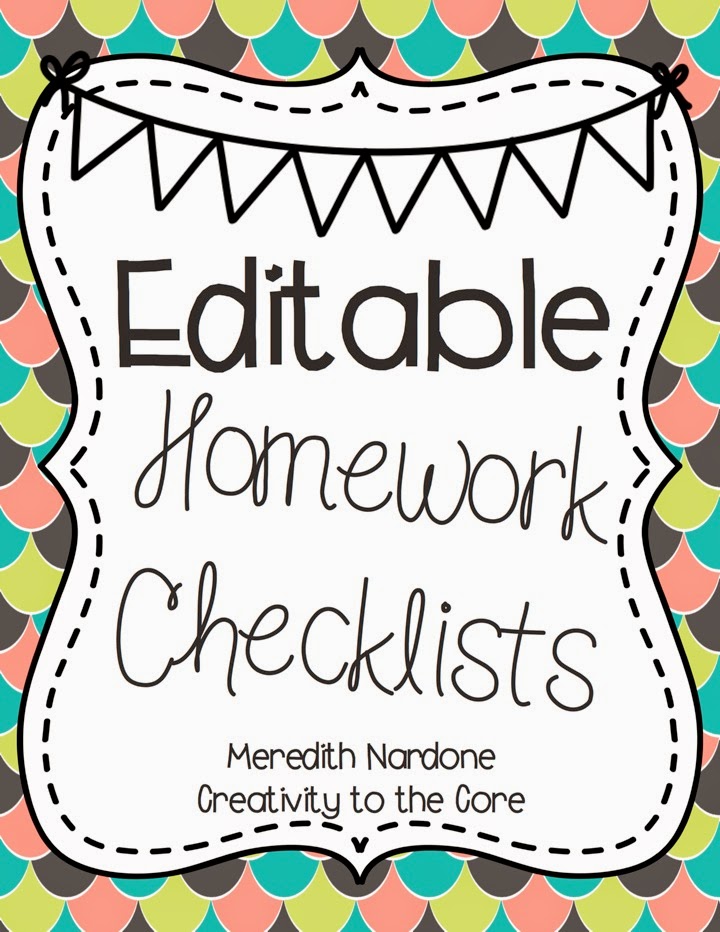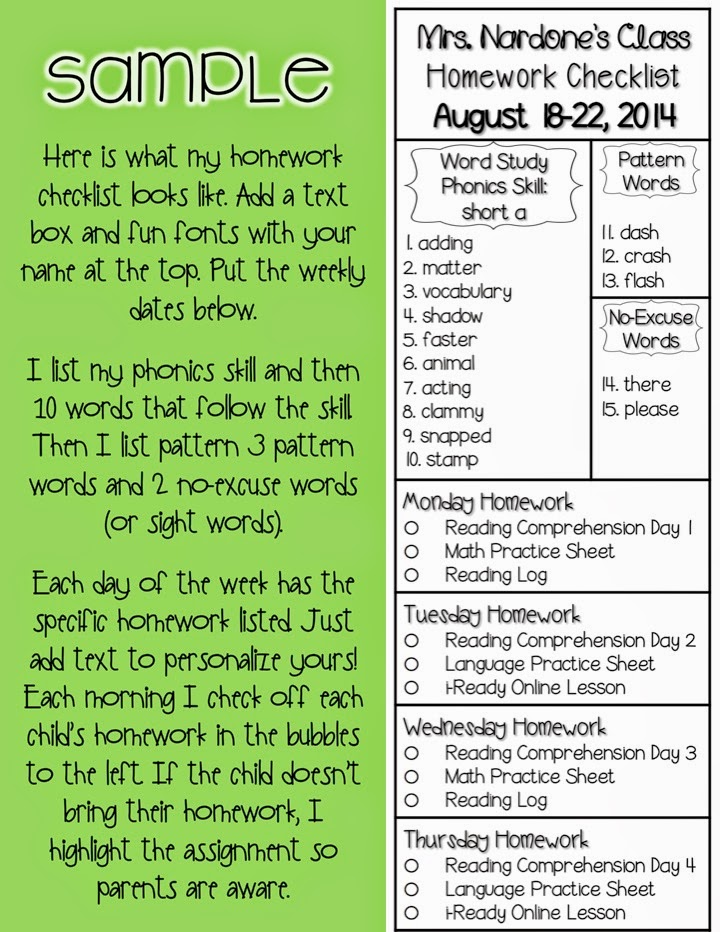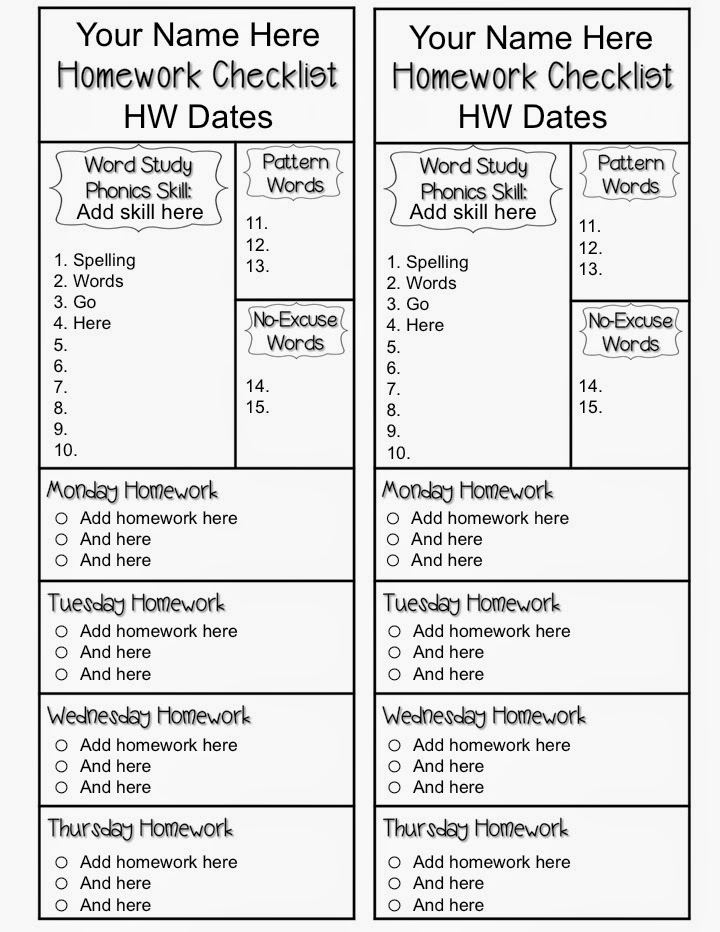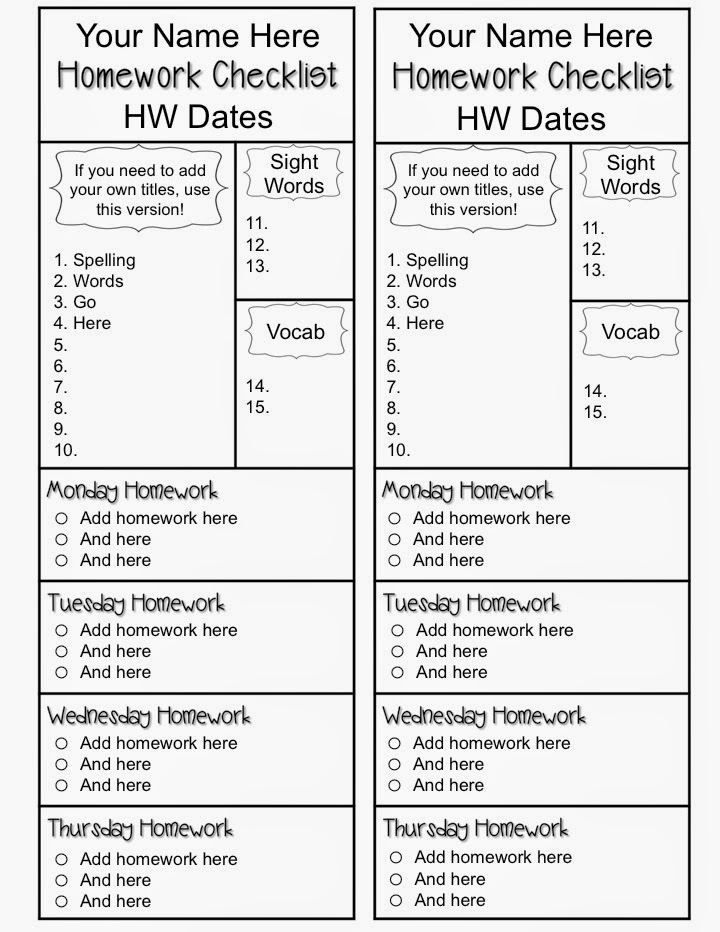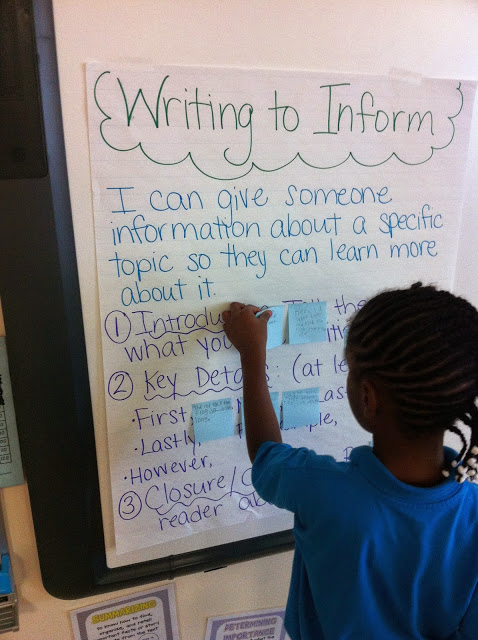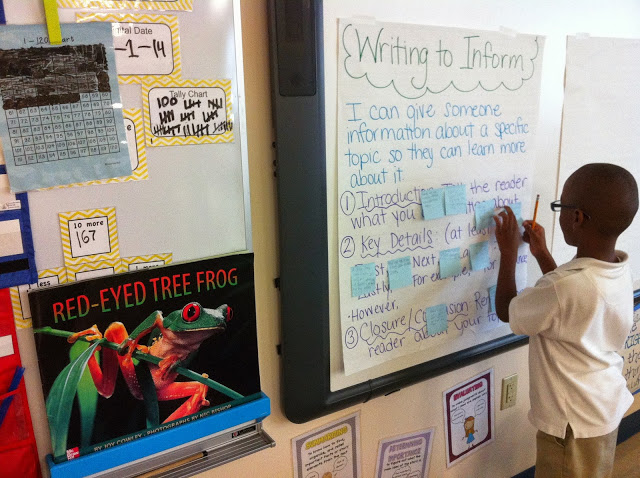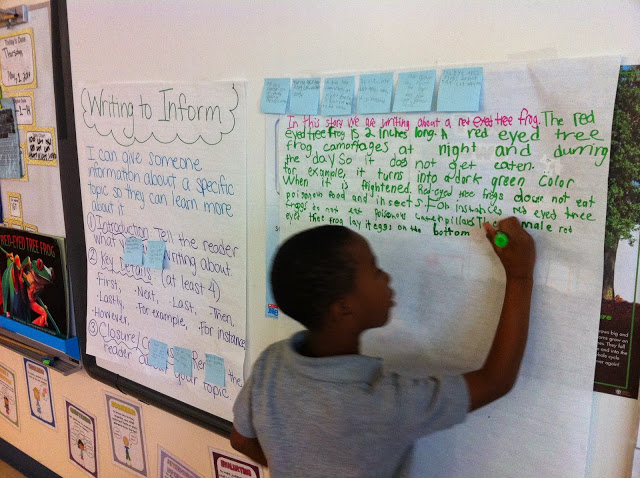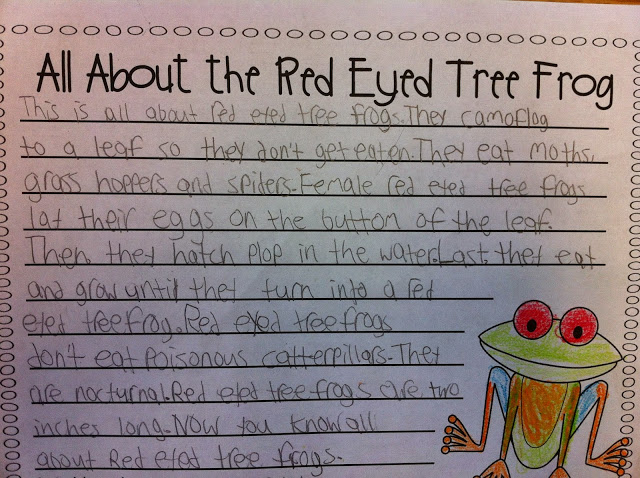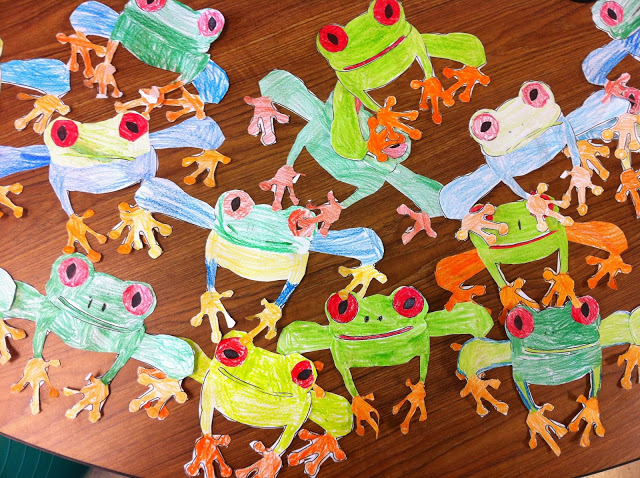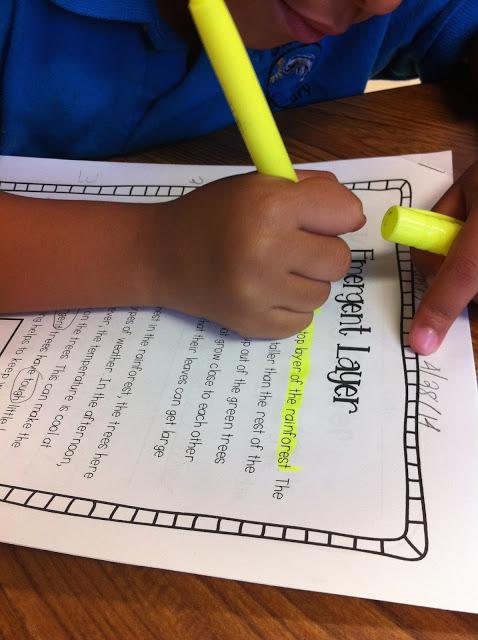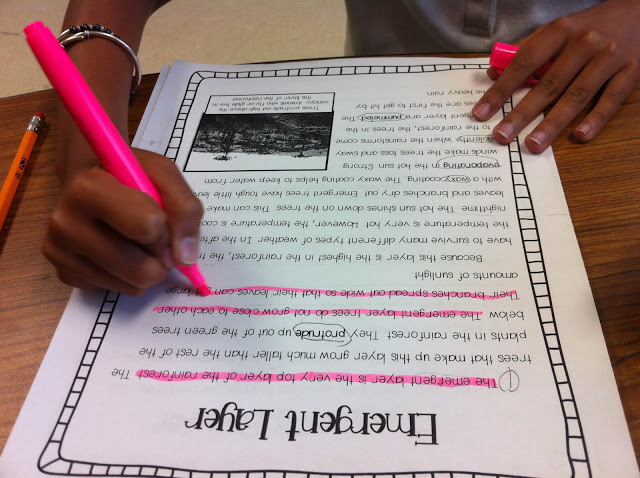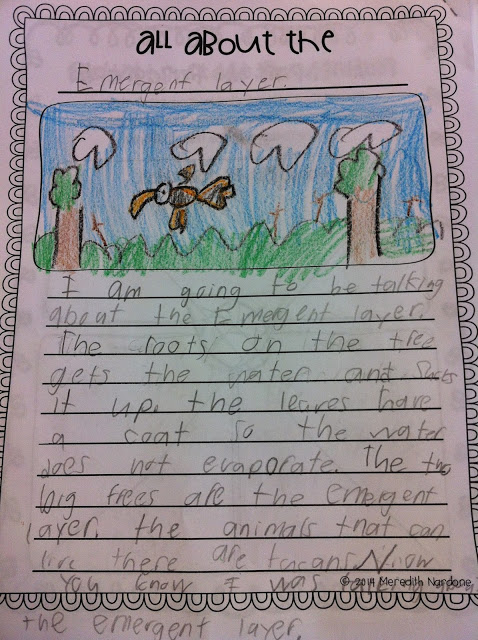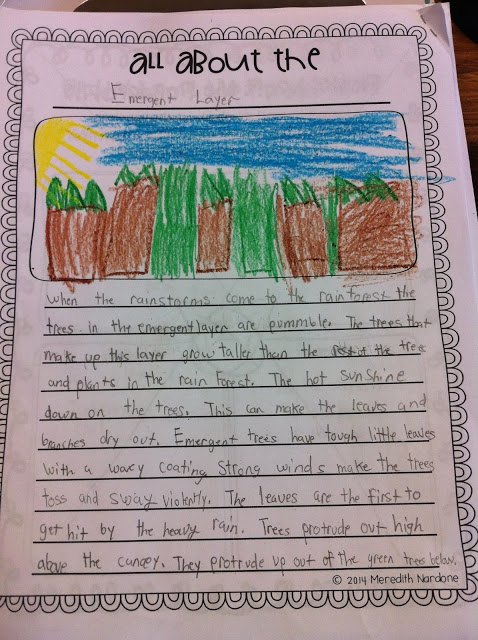Brief, high-quality, & complex text
Reading lessons should match this description if you are implementing close reading. In my research, it was recommended that passages should be anywhere from 3 paragraphs to 2 pages.
Why shorter passages?
-Teachers can teach specific skills.
-Teachers can focus on specific ideas in the text.
-Students can practice really digging into the text.
-Students of ALL reading levels can closely read demanding texts.
-Young students have time to gradually build up to independent reading because they are not overwhelmed.
Time Consuming!
Close reading can take a very long time. So…teachers should choose smaller passages in order to be able to get through everything. When students are reading on their own, they can enjoy longer passages. For close reading, keep it short!
Modifications
As we discussed, modifications must be made when using close reading in the elementary grades. Common Core calls for ALL students, regardless of reading level, to interact with complex texts. But how can kindergarteners and young firsties do this, you ask??? Answer: Modify!
Students in primary grades have a higher ability to comprehend while listening. So, it may be important for teachers to expose students by reading aloud to them and promoting independent reading. If you teach K or 1, you may even try a close read in which you read aloud to students. This modification will help kids to move from listening to reading independently in the upper grades.
Text-Dependent Questions
Common Core is focused on text evidence. So, teachers should form text-dependent questions for students. In other words, the questions MUST require students to use the text.
In close reading, students are asked to go back to the text to find something that confirms their opinion or answer. Focusing on these questions causes students to reflect on the text rather than just quickly getting the gist of the passage (Brown & Kappes, 2012).
Questions should be about and include:
-General understanding of the text
-Key details
-Vocabulary
-Text structure
-Author’s purpose
-Inferring
-Opinons
-Intertextual connections
Using many types of questions helps students to develop diverse discussions about the text. Think about it. If you keep asking the same key detail questions, kids will only talk about key details. But if you ask questions that have them recall, talk about text features, infer from the images, form opinions, and make connections to their lives, they will have A WHOLE LOT to talk about!
Think about this:
“Students who learn to ask themselves such questions are reading with the discerning eye of a careful reader. We can also teach students to read carefully with the eye of a writer, which means helping them analyze craft” (Boyles, 2012).
Goal:
Have students participate in active discussions to share their background knowledge and ultimately apply what they have learned. Eventually, students should begin to ask themselves the same questions while reading independently.
I hope you will be able to use these ideas in your classroom! Click here to read about using repeated readings during your close reads.

